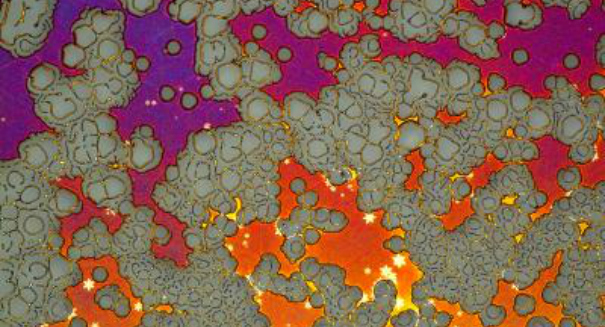
It's the Holy Grail of the electronics industry: how to make graphene semiconductors possible -- now, scientists think they've cracked the code.
A remarkable new discovery of a method to grow graphene nanoribbons could completely change the face of electronics, resulting in faster and more efficient circuits.
Graphene has always been held up as almost the holy grail of electronics, due to its thickness of just an atom with some amazing properties that made it a good candidate for the next generation of faster and more energy-efficient electronics in an age that is rapidly demanding more and more of them, according to an ECNmag report.
But scientists had struggled with attempts to turn the material into ultra-narrow stripes called nanoribbons that would allow it to be used in semiconductors — until now.
Engineers at the University of Wisconsin-Madison have found a way to “grow” graphene nanoribbons with the right semiconducting properties directly onto a standard germanium semiconductor wafer, a discovery that would let manufacturers easily use such graphene nanoribbons and massively increase the performance of electronic devices as a result.
This technology could be especially useful in an industrial or military setting, according to the research, which was published this week in the journal Nature Communications.
Because these graphene nanoribbons would be grown directly on the surface of a semiconductor, it would be easier for the semiconductor industry to simply integrate them into electronics.
What’s so great about graphene? It’s a sheet of carbon atoms that is incredibly thin — just one atom thick — and conducts a ton of electricity while dissipating heat much better than silicon, which is what the electronics industry relies on today to create computer chips.
The research team stumbled across the discovery while trying to slow the growth rate of graphene crystals by decreasing methane in the chemical vapor. By slowing the growth rate, they were able to cause the graphene crystals to grow into long nanoribbons.